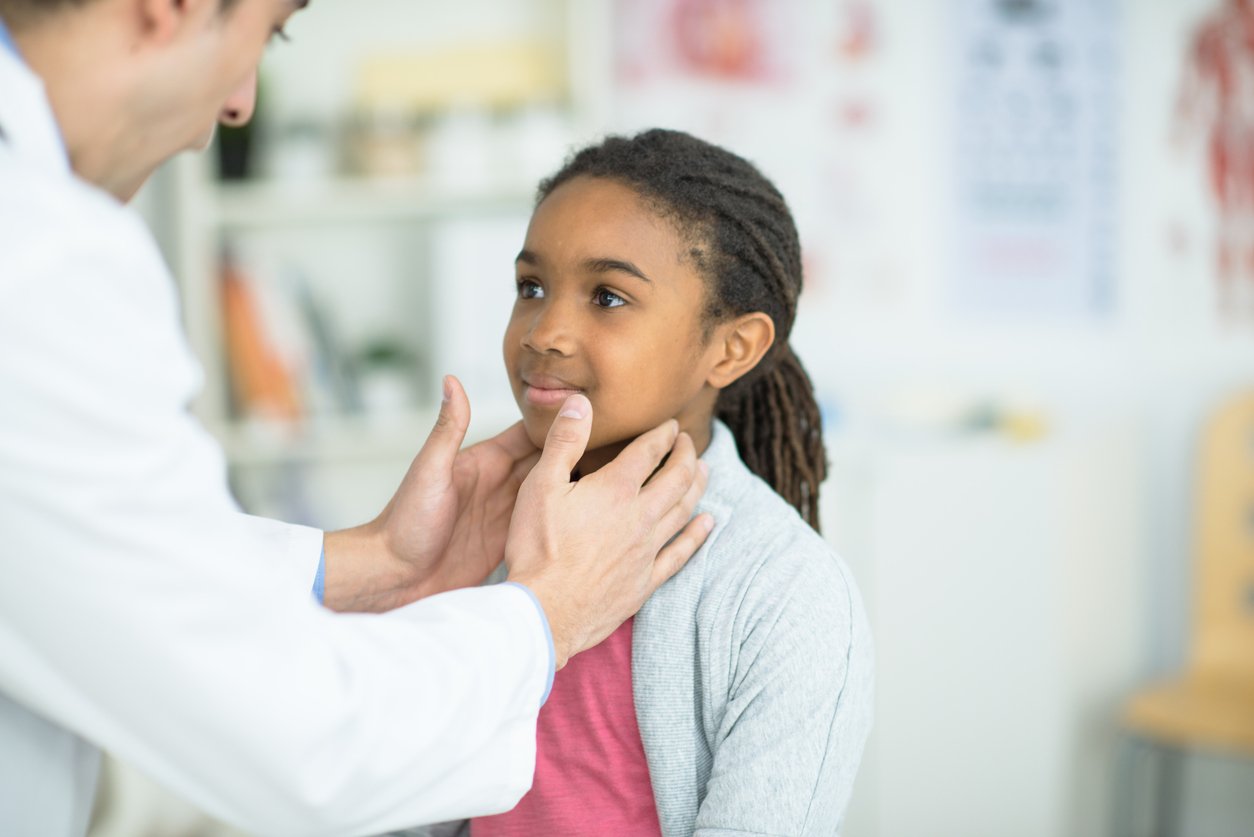What is puberty?
Puberty is a stage of development. It is when your child’s body starts to change into adult form. During puberty, your child’s brain releases hormones. These lead to changes in the body. Puberty is marked by physical changes. It involves the onset of sexuality, and the ability to reproduce.
How does puberty affect boys?
In boys, puberty starts with the enlargement of the testicles. Over time, the penis enlarges. Boys will also experience a growth spurt in height and weight. They will develop underarm hair, broader shoulders and sweat glands. Boys will develop an enlarged larynx, or voice box. Cartilage will grow around the larynx. This is called the “Adam’s Apple.” The larynx and vocal cords will enlarge. As this happens, the voice will deepen.
There may also be extra sweating, acne and body odour.
Boys will have new feelings. They may approach their parents and peers differently.
When does puberty start in boys?
The age at which puberty begins is unique for every child but testicular enlargement usually begins between the ages of 9 and 14. Around 17 years of age, the penis will usually reach its maximum size. By 16 or 17 years old, the body will reach adult proportions. Young men have hair under the arms, and on the face, legs, chest, groin and abdomen.
See your son’s health-care provider if he starts to show signs of puberty before age 9 or is not showing signs of puberty by age 14.
How to help your son prepare for puberty
Open communication
Encourage your son to ask questions about puberty. He should feel free to ask without fear or judgment. Your son’s friends and social media should not be his only sources of education. If they are, he may receive some poor advice. If your child has not brought up the topic as he nears his preteen years, start the conversation. Start by asking what he knows about puberty. Offer as much information as you think he needs to know. Numerous short talks can cover various topics. You may want to talk about basic hygiene, sexual maturity, and teenage pregnancy. It is important to discuss this stage of puberty with your child to reassure him about the changes that are occurring in his body.
Prepare before puberty
Your son’s transition into puberty will be smoother if you help him prepare. Discuss the stages of puberty with your son before he goes through it. Also discuss what “tools” your son will need to manage the signs of puberty. For example, he will need to know how to use underarm deodorant or shaving products for facial hair. Pimples, or acne may also be an issue for your son. If the pimples are bothersome, seek help from your child’s health-care provider.
Growing independence
Puberty is a stage that begins adolescence. With puberty comes growing independence. Your child may start to argue with you more. He may become more disagreeable. He may have mood swings. At times, he may want to be by himself.
It is best to encourage communication. Try to show him that you love him unconditionally. Also, be sure to maintain order and routine in the home. You may need to use different rules or approaches to discipline as your child goes through puberty and tests your limits.
Masturbation
Masturbation means touching one’s own genitals. Masturbation is normal and can be done at any age. There is no harm in masturbation.
Masturbation can lead to a feeling of pleasure and relaxation. It is more common in older children, preteens, teenagers, and adults. Boys who masturbate do so because it feels good and should not be scolded or made to feel ashamed of doing so. This can lead to problems with sexuality and self-esteem later in life. Instead, tell your child that masturbation is OK but it is a private matter.
Erections
Many boys will start masturbating more when they reach puberty. That is because they will have more erections at this time. Erections occur when blood rushes to the penis and the penis hardens. Erections are normal and can happen at any age and at any time. They can occur with or without arousal.
An erection can happen during sleep. Sometimes, a boy will wake up with wet sheets due to semen being released (ejaculated) from the penis while asleep. Ejaculating while asleep is common.
In puberty, the body starts making more of a hormone called testosterone. Increased levels of testosterone lead to many of the physical changes that boys experience during puberty. These changes include hair growth and getting taller. The rise in testosterone also leads to the production of semen, which contains sperm.
Pregnancy can occur when sperm fertilizes a woman’s egg. Once your son starts ejaculating sperm, he is able to father a child. That is why it is important to talk to your son about practicing safe sex, and other issues related to pregnancy as he enters puberty.
Emotional and sexual changes
Puberty involves heightened hormones in the body. There will be new feelings toward peers, and sexual curiosity. Your son may have sexual thoughts or feelings. Many of his peers will talk about sex and some may have sex.
Physical and emotional risks
There are physical risks associated with unprotected sex. Discuss the importance of birth control options with your son. Also, talk about using condoms during oral sex or intercourse. This can help prevent sexually transmitted infection.
There are also emotional risks associated with sex. Feelings of jealousy, insecurity, trust, and faith can arise when teenagers become sexually active. Talk to your son about the emotional risks associated with having sex and the importance of consent. You can discuss this with him yourself or you can have your child’s health care provider start the conversation.

